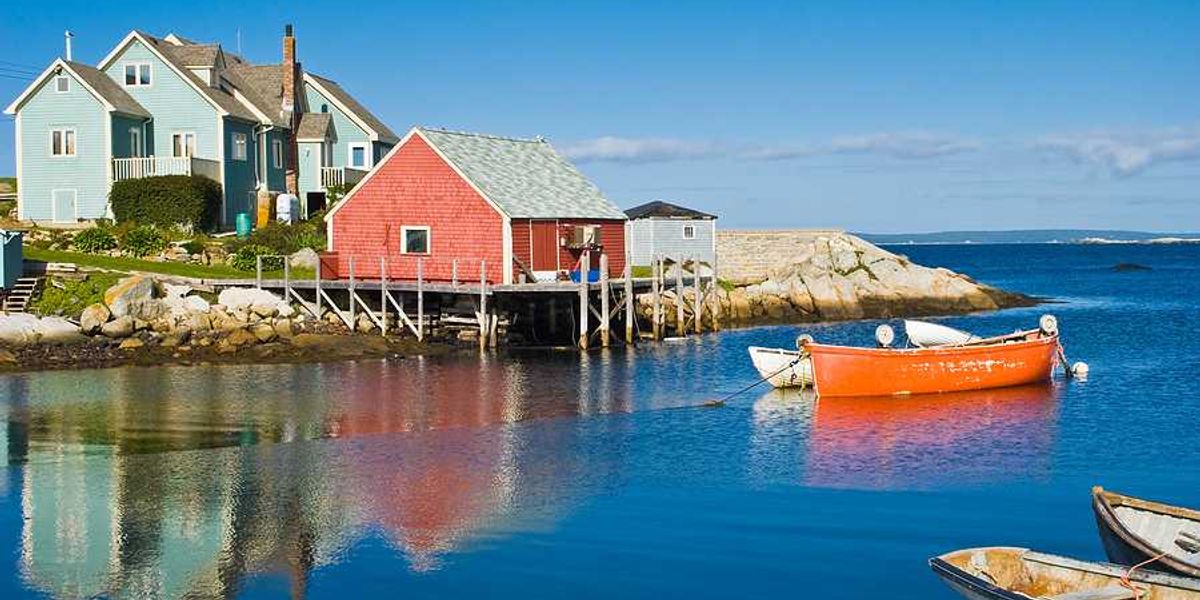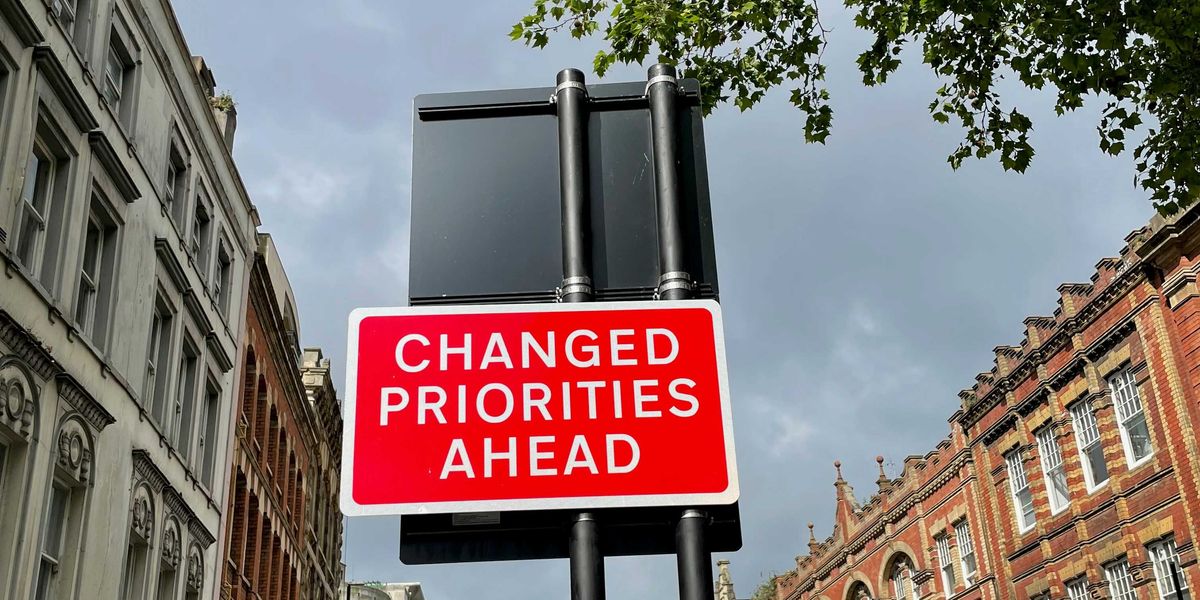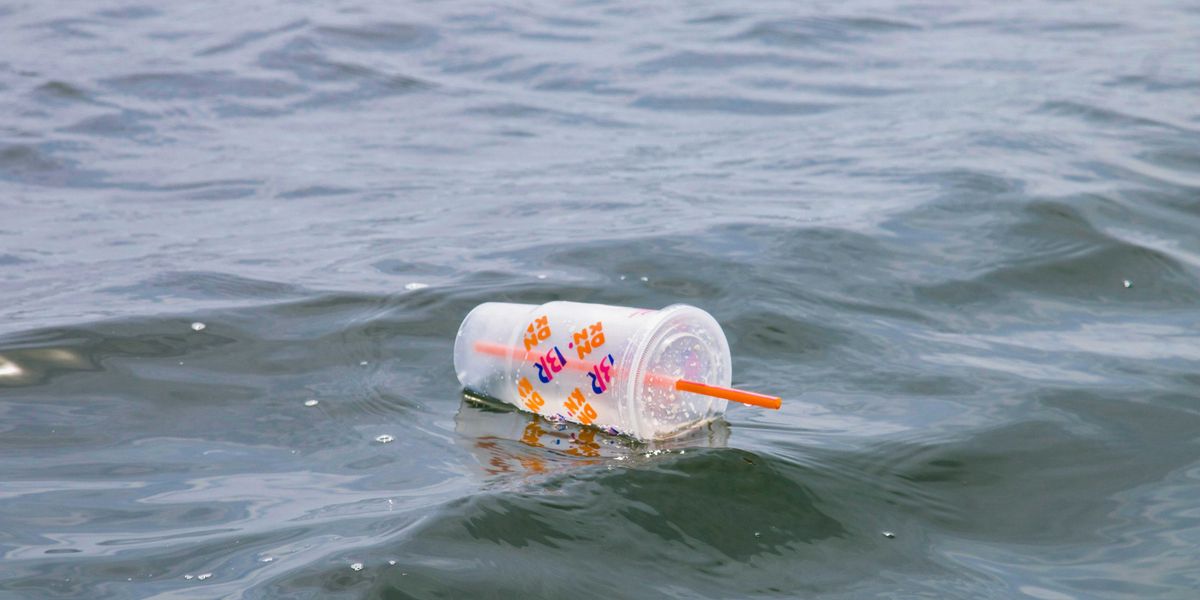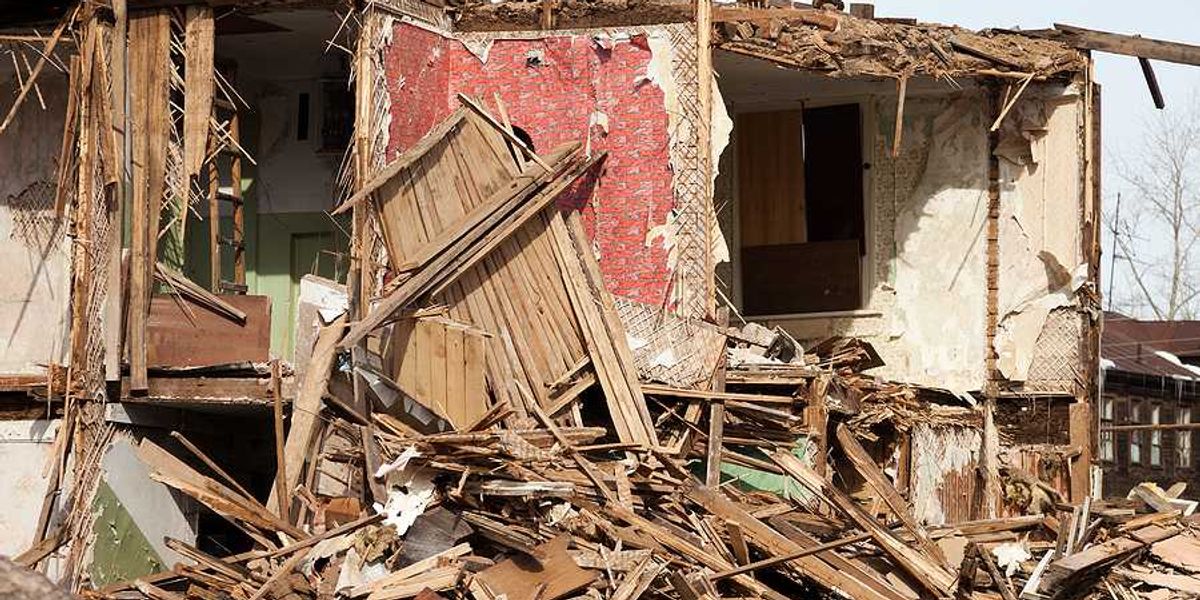Analysis: Environmental journalism reaches middle age, with mixed results.
There's a wariness that environmental journalists are a hybrid of activism and reporting. Can the beat ever outgrow that?
Analysis: Environmental journalism reaches middle age, with mixed results
Journalist Emilia Askari, left, leads a panel discussion on the Flint water crisis Friday at the Society of Environmental Journalists conference in Sacramento. Photo by Douglas Fischer/EHN.org
Where we are, where we’ve been, and who’s really listening?
Sept. 24, 2016
By Peter Dykstra
Environmental Health News
Follow @pdykstra
SACRAMENTO, Calif.—Environmental journalism has reached a certain maturity: Decades of quality, often courageous and ground-breaking reporting on life-or-death issues, an imperfect-but-enviable record of accuracy, and at least a dozen Pulitzer Prizes to show for it.
But some see another view: A beat tainted with bias and hype, enraging critics and filling news executives with apprehension.
There's a wariness that environmental journalists are a hybrid of activism and journalismAs it passes into middle age, is the environment beat ready for its lifetime achievement award? Or is it still living in journalism’s basement?
How can these two perceptions co-exist? And how can a second paradox exist as well: For all the accolades dished out for strong environmental reporting, is anyone truly listening?
For the most part, the achievements speak for themselves: Steady, authoritative reporting on topics like climate change, biodiversity and toxic chemicals, increasingly validated by developments in science and public policy.
UBC School of Journalism
But there’s a wariness that environmental journalists are a hybrid of activism and journalism (Having worked for Greenpeace, CNN and Pew Trusts, I’m Exhibit A.). Readers and sources alike suspect we’re harboring an agenda. And that breeds an odd blend of mistrust and indifference.
Our subject matter is almost invariably gloomy (extinctions! oil spills! dead trees!), hard to grasp (parts per billion?), and full of future projections (climate change?). Editors are sometimes wary of environmental stories. Our main professional group, the Society of Environmental Journalists, turned 25 years old this year and is still fighting the perception within journalism that this a group of environmentalists.
A quarter century later, the sentiments of an SEJ founder, Robert Engelman, that environment reporters are regarded as “greens with press passes” still lingers.
No one’s carrying me out or shifting me to the ecology beat.
– Sam Donaldson
The beat certainly is not the way to step up to big journalism pay and glory, as a cornerstone piece of the beat’s folklore attests: In the 1980’s, Sam Donaldson of ABC News was the diva of the White House press corps, known for shouting out questions in a deep baritone voice at President Reagan.
When Reagan left the White House, so did Donaldson, moving from his high-profile perch to anchoring a weekly show. When asked if he viewed the switch as a demotion, Donaldson grabbed the best metaphor he could find for what he would consider to be a major demotion.
“I’m not walking away, kid,” he told reporter Eleanor Randolph. “No one’s carrying me out or shifting me to the ecology beat.”
Fast forward to the 2012 presidential debates. Moderators asked 25 questions and nearly as many follow-ups. None were on climate change, or any other environmental issue. We'll see what happens Monday, at the first debate for the 2016 election. But I'm not holding my breath.
There's plenty to discuss. The differences between Donald Trump and Hillary Clinton are chasms. Obama and Clinton have both made climate change a signature issue; Trump has doubled down on claims that climate change is a hoax, wind power a menace, and that he’ll end the coal industry’s domestic death spiral. But the issue remains nearly completely off the radar of political journalists.
It’s an odd dissonance, given the beat’s generally strong track record. Read climate change reporting from the late 1980s, and you’ll see that much of the projected impacts from three decades ago have been validated. Beat veterans like Tom Henry of the Toledo Blade have seen their work on other environmental fronts vindicated as well. Henry started reporting on the threats of algal blooms in Lake Erie nearly two decades before such a bloom crippled his home city’s drinking water system.
But Henry is an endangered species, part of a cohort of newspaper long-timers that is shrinking faster than a Greenland glacier. Full-time environment positions have disappeared recently at major regional papers like the Baltimore Sun, Dallas Morning News, and Atlanta Journal-Constitution.
But three print-based media giants have made conspicuous moves in recent years. In 2013, the New York Times dismantled its four year-old, nine-person environment desk, discontinued its environment editor position and shuttered the desk’s Green Blog. The moves drew protests from Times readers, the journalism trade press, and the Times’s own Public Editor.
Nineteen months later, the paper restored a climate/environment editor position, under the auspices of its science desk. And last month, the Times posted a job opening for a full-time environment editor, curiously echoing a climate denial meme that change is cyclical. A count of Times stories aggregated by Environmental Health News in the year following the 2013 dismantling showed only a slight decline in the paper’s attention to the beat.
The Associated Press has been in growth mode in its environmental coverage for nearly a decade—though perhaps not for the happiest of reasons. In early September, AP announced a further expansion of its global network of environmental specialists, whose stories often fill the void left by environment beat vacancies at many of its member news organizations.
Over at the Washington Post, the beat has been revitalized under the new ownership of Amazon.com tycoon Jeff Bezos and Editor Marty Baron. A new energy-environment page opened in 2015, with prolific contributions from Chris Mooney, Chelsea Harvey, Steve Mufson, Darryl Fears and others. And an environment beat veteran, Juliet Eilperin, has pulled a sort-of reverse Sam Donaldson, moving from the long-dissed “ecology beat” to the White House.
There’s more environmental journalism than ever, but it’s less impactful.
– Dan Fagin, New York UniversityBack when Donaldson bellowed his questions at Reagan, television news paid sufficient interest to the beat that the Big Three networks all had more-or-less full time correspondents on the job, like Deborah Potter at CBS and ABC’s Roger Caras.
Those days are gone. Anne Thompson holds the title of Chief Environment Correspondent at NBC and reported in the past year on vanishing bee populations and shrinking Greenland ice. But her recent assignments also included medical stories, the Olympics, the 9/11 anniversary and re-habbing shelter dogs for use in police departments.
Across the board in TV news, the numbers aren’t pretty. A 2013 report from the nonprofit Project for Improved Environmental Coverage tallied environmental stories on the major network and cable news outlets, and only one topped 1.5 percent of their total content. That winner? Fox News, whose coverage routinely lambastes environmental science and regulation.
UBC School of Journalism
Give CNN chief Jeff Zucker some credit for brutal honesty. When asked in 2014 about his network’s lack of climate change coverage, he replied that the issue “deserves more attention,” but CNN hasn’t "figured out how to engage the audience in that story in a meaningful way.” (Read my bio line at the bottom for a little more full disclosure.)
Websites like Vox, Huffington Post and Mashable show a more vibrant side of the beat, with regular coverage and a strong social media reach. Old media’s web outlets, notably National Geographic and The New Republic are also prolific, as are print/web hybrids like Pacific Standard.
Nonprofits have risen dramatically in prominence and impact, particularly after the Center for Public Integrity and Inside Climate News won Pulitzers. Regional nonprofits like the Texas Tribune, CalMatters, and Hawaii’s CivilBeat help fill the craters left by the implosion of traditional journalism—often employing newspaper refugees to get the job done.
But one type of nonprofit journalism has produced both contentiousness and results. Curt Guyette is a veteran Michigan reporter who helped break one of the biggest environmental stories in recent years—the lead poisoning crisis in Flint, Michigan’s water system and the government negligence that enabled it.
He did so as an investigative reporter for an advocacy group, the Michigan branch of the American Civil Liberties Union. And that's the quandary facing journalism in general, and the environment beat in particular: The reporter who broke one of the major environmental stories of the decade would not be eligible to be an active member of the association that sees itself as the bastion of environmental reporting, the Society of Environmental Journalists.
Emilia Askari, former Detroit Free Press reporter who teaches at the University of Michigan—and a former SEJ board member—told me the Flint crisis and its strong race-based, environmental justice implications highlight another challenge to environmental journalism: The field's lack of diversity.
Askari convened a panel experts Friday here at SEJ's annual conference in Sacramento. But with only a handful of African-American, Latino, Native American or Asian-American journalists plying the beat, she said she could not avoid assembling an all-Caucasian panel of experts to discuss some of the most pressing issues facing communities of color in this country.
The stop-and-go machinations at the New York Times spoke to another piece of this dilemma. Environmental journalists often report on stories that are a train wreck of competing values: Love of nature, economics, health, politics and ideology, science, ethics, and even religion. Should a craft enmeshed in so many areas of human endeavor be set aside as a beat? And if so, as a secondary one?
Andy Revkin, a longtime New York Times reporter who now runs the paper’s DotEarth blog, has argued that a distinct science or environment beat runs the risk of “ghettoization” of the subject matter—walling it off for a select audience while discouraging a more general readership. Recently, he described in an interview what he sees as the beat’s biggest obstacle: Environmental reporters are “chasing the same fairly small group of readers. Reaching wide audiences is separate and interesting challenge.”
Revkin suggested a simple formula for selling editors and audiences on the importance of environmental stories competing in a news cycle dominated by crime, Kardashians, and, well, crap. “What you’re about to read won’t feel like a front page story, but it is, and here’s why.”
With all the journalistic triumphs and setbacks, I asked Dan Fagin for his view. He’s a former SEJ President and former beat reporter for Long Island’s Newsday who currently runs the Science, Health and Environment Reporting Program at New York University. He also won the 2014 Pulitzer Prize for nonfiction for his book, Toms River—one of the dozen or so environmental works to win journalism's top prize in the past 25 years.
"There’s more environmental journalism than ever,” Fagin said, “but it’s less impactful."
"Journalists in general are just not as important as they used to be.” Fagin cautioned environment reporters to not take it personally: Deep, incisive coverage of education, medicine, health, and business is in a similar bind.
Fagin sees potential for some rebound, but for the worst of reasons. If climate change becomes a top public and political concern, “climate journalism will become more impactful.”
It’s easy to bemoan a bleak picture of environmental journalism in the United States, but at least those of us on the domestic beat are alive. The Committee to Protect Journalists reports that since 2004, 40 journalists worldwide have been killed in the field while pursuing stories on poaching, illegal logging and other crimes. In the September issue of Vice Magazine, Saul Elbein has a chilling story of Cambodian reporters murdered while documenting forest destruction.
In this country, at least, only our stories get killed occasionally.
Peter Dykstra’s background includes stints as both an advocate and a journalist: National Media Director for Greenpeace; Executive Producer for CNN; Deputy Director of the Pew Environment Group; Publisher of the Daily Climate and EHN; and Contributor to Public Radio International’s Living on Earth
EHN welcomes republication of our stories, but we require that publications include the author's name and Environmental Health News at the top of the piece, along with a link back to EHN's version.
For questions or feedback about this piece, contact Brian Bienkowski at bbienkowski@ehn.org.













